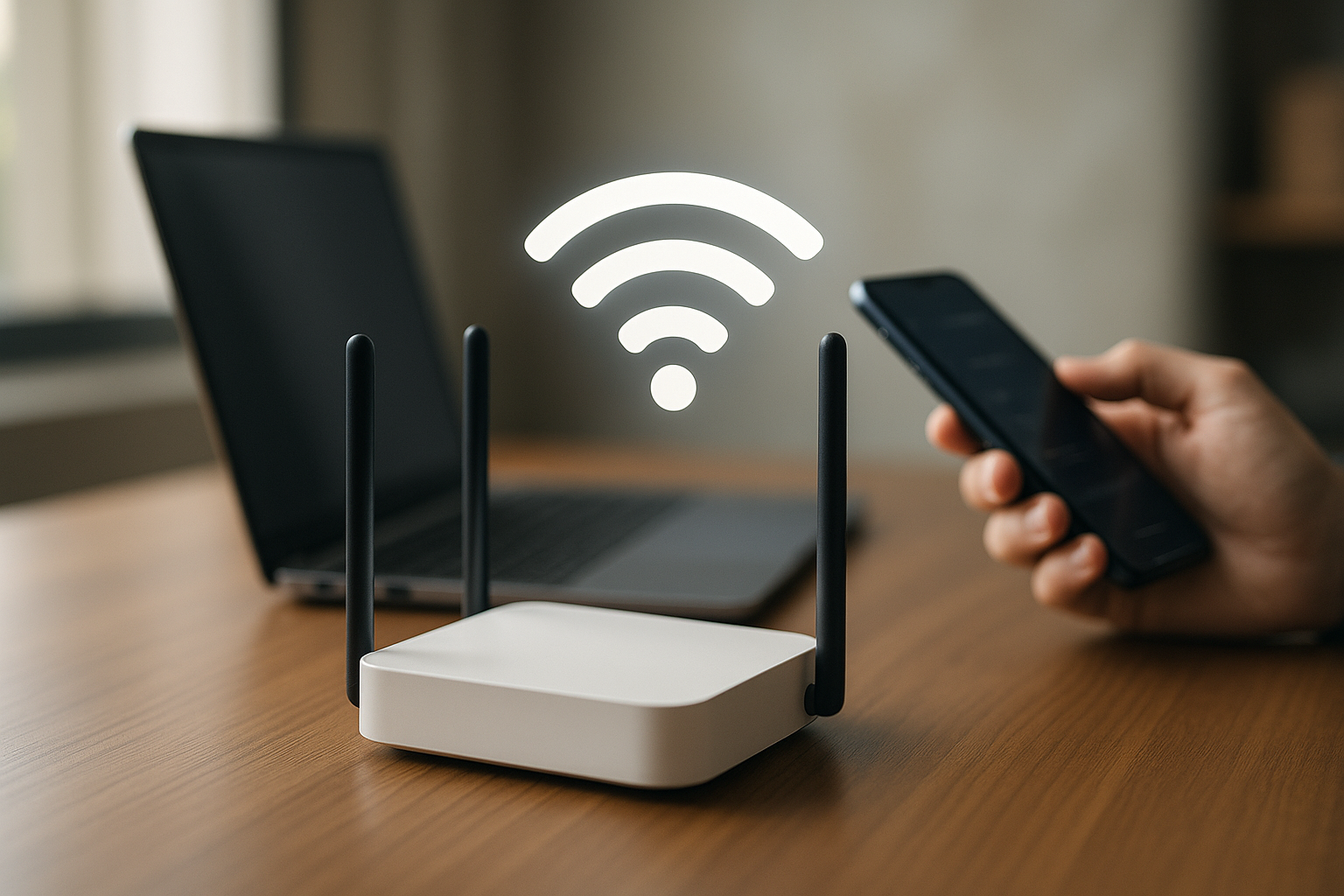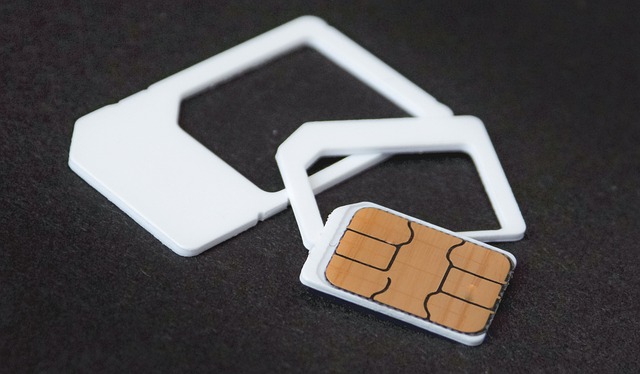Advancements in Holographic Technology: A Leap Towards the Future
The world of technology is ever-evolving, constantly presenting us with new and innovative developments. One such innovation that has captured the imagination of tech enthusiasts worldwide is holographic technology. This fascinating technology has the potential to revolutionize various aspects of our lives. Let's dive into the world of holography, its history, recent developments, and how it's shaping our future.

A Glimpse into the Past of Holography
Holography isn’t a new concept. It was first introduced by Hungarian-British physicist Dennis Gabor in the late 1940s. Gabor, who later won the Nobel Prize for his invention, utilized laser light sources to capture 3D information, a concept that forms the foundation of modern holography.
In the 1960s, researchers Emmett Leith and Juris Upatnieks revolutionized holography by using lasers, which were a new technology at the time. By the 1980s, holography entered the consumer market with hologram stickers and security features on credit cards. It was only in the 21st century that the technology moved beyond static images and found its way into dynamic displays.
Holography in the Present Day
The recent surge in interest in holography is largely due to advancements in technology that have made it more realistic and accessible. Companies like Microsoft and Magic Leap have been pioneering the field with their augmented reality (AR) devices - the HoloLens and Magic Leap One. These devices project holographic images that blend seamlessly with the real world, providing an immersive AR experience.
One exciting development is the creation of touchable holograms. Researchers at the University of Sussex have developed a technology called “Multimodal Acoustic Trap Display” which can create 3D holographic images that can be seen, heard, and even felt.
The Future of Holography
The potential applications of holography are vast. From entertainment and gaming to medical imaging, and from advertising to telecommunication – the possibilities are limitless. Imagine attending a live concert of your favorite band right in your living room or having a 3D teleconference with colleagues from around the world.
In the field of medicine, holographic images can help doctors to better visualize complex structures. Surgeons can use it for pre-operative planning and even during surgeries for real-time 3D imaging.
The Market Impact and Estimated Price Range
As of now, devices that support holography, like Microsoft’s HoloLens, are priced at a premium, costing several thousand dollars. However, as the technology becomes more mainstream, it’s reasonable to expect a decrease in price, making it more accessible to the average consumer.
The market for holography is expected to reach nearly $5.5 billion by 2023, according to a report by MarketsandMarkets. This prediction is backed by the increasing adoption of holography in various sectors including healthcare, retail, and entertainment.
Wrapping Up: A Revolution in the Making
Holography is a fascinating technology that has come a long way since its inception. The advancements in this field are pushing the boundaries of what we thought was possible, transforming the way we interact with digital content. As these technologies continue to evolve, it’s clear that we are on the cusp of a new era where our digital and physical worlds blend seamlessly. The future of holography is bright, and it’s a journey that we are all excited to be a part of.




